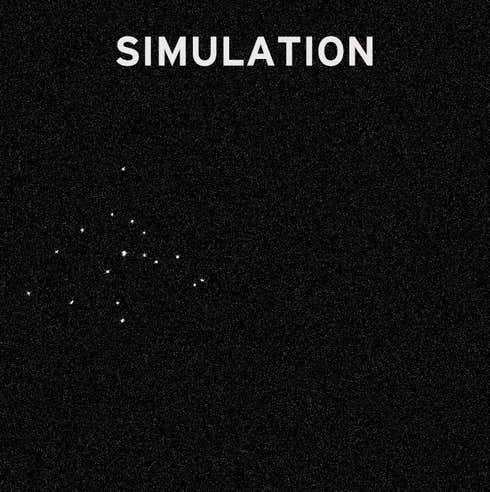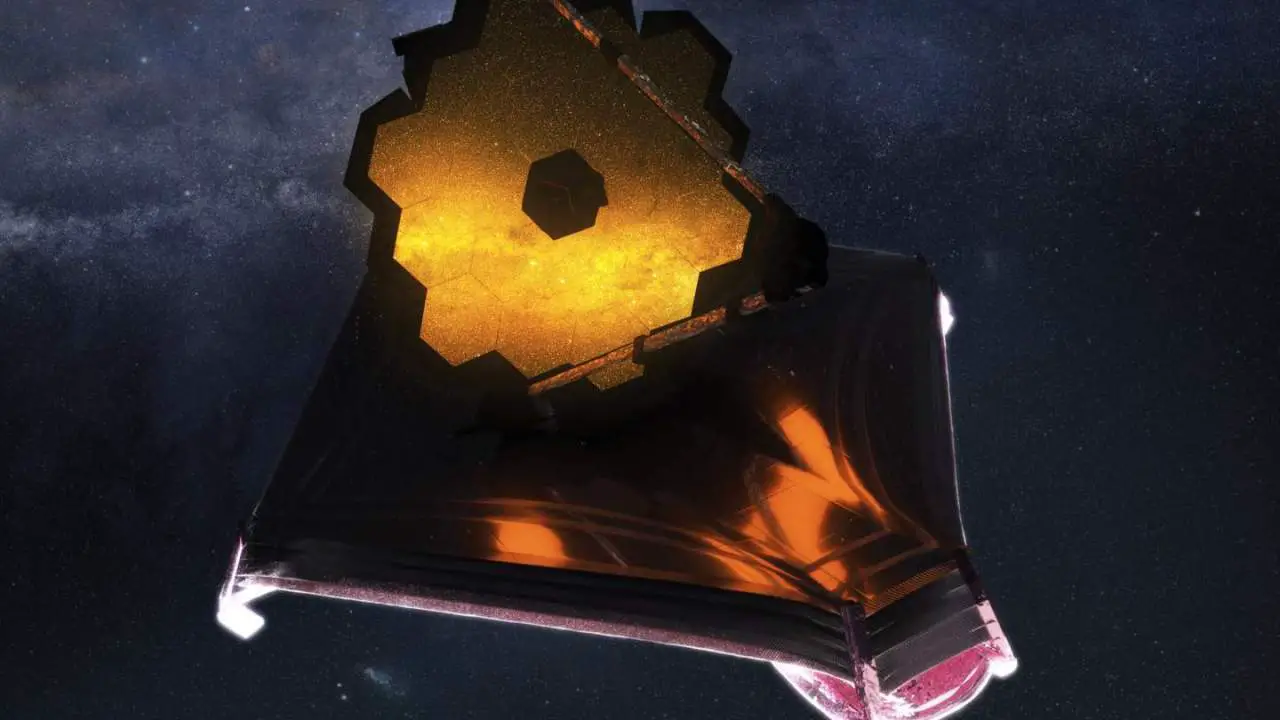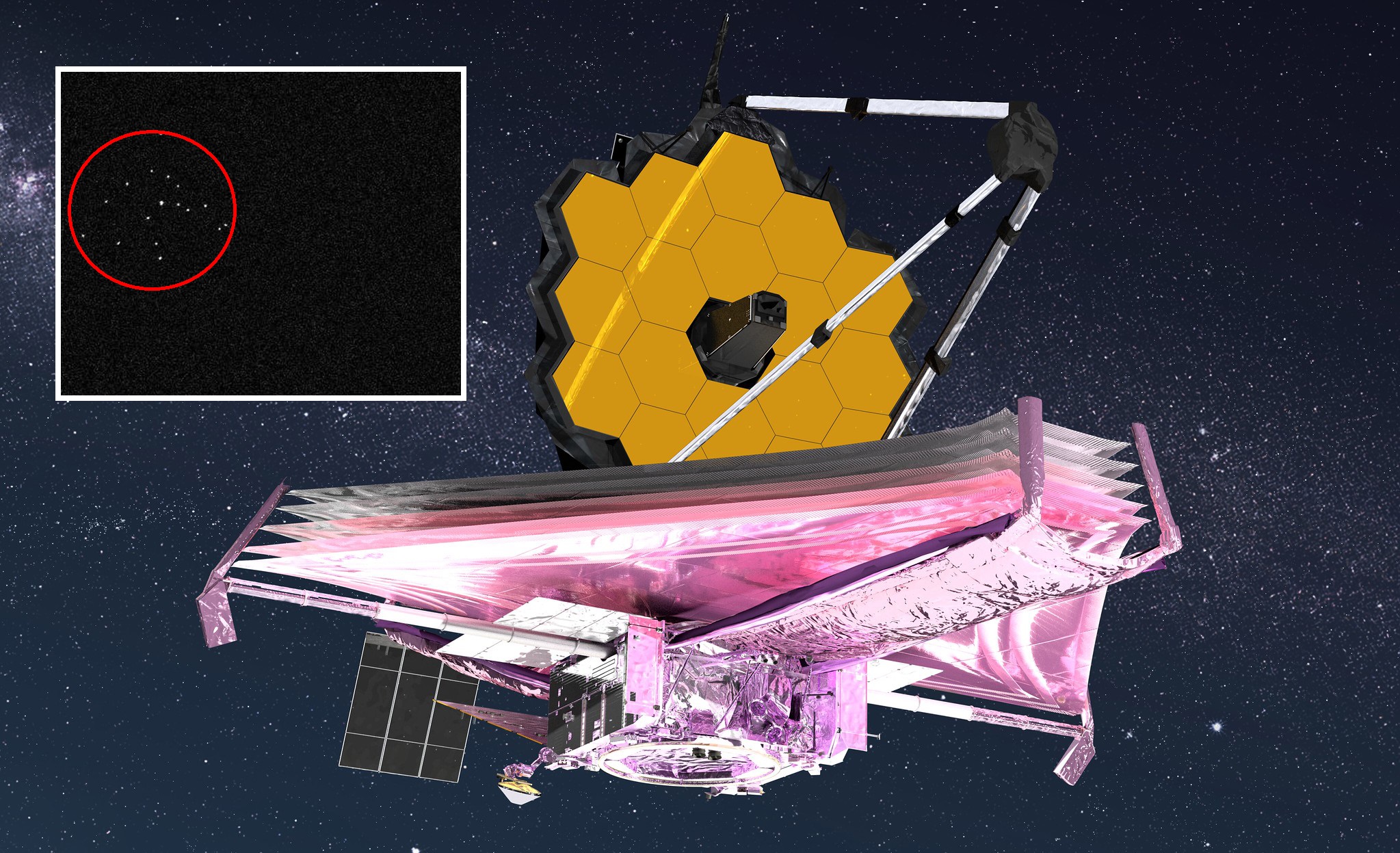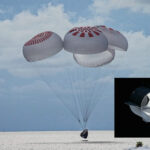The James Webb Space Telescope has reached a crucial milestone in its deployment, with an onboard device detecting its first photons from a distant star. Engineers may now start aligning the space telescope’s 18 mirrors, which will take three months.
The $10 billion Webb mission, which is currently in its seventh week, has been as smooth as silk after years of delays and an apparently unending string of setbacks during construction.
The laborious process of unfolding the space telescope and preparing it for revolutionary astronomy has gone about as well as anybody could have imagined, with the most recent triumph being the telescope’s initial detection of starlight earlier this week.
“This achievement represents the beginning of many steps to record photos that are initially unfocused and utilize them to gradually fine-tune the telescope,” NASA said in a statement on Thursday. “Though the procedure is still in its early stages, the first findings are consistent with predictions and simulations.”
Webb’s Near Infrared Camera (NIRCam) sensor detected the first batch of photons. The photons originated from HD 84406, a star in the Ursa Major constellation that is about 260 light-years distant.

The researchers can now begin the three-month process of aligning all 18 panels to make a single concave mirror, thanks to the discovery of this starlight.
The Webb space telescope, which will be launched on December 25, 2021, is a cooperation between NASA, ESA, and the Canadian Space Agency.
Among other astronomical and astrobiological purposes, Webb will hunt for light from the earliest stars and galaxies, investigate the origin and development of galaxies, and survey the atmospheres of distant exoplanets once it is operational.
On January 24, 2022, Webb arrived at its stable orbital location, Lagrange Point 2. Engineers have completed turning on its research equipment and shut off its heaters since that time, kicking off a lengthy cooling phase.
The heaters were needed to keep Webb’s optics heated and avoid water and ice buildup. According to NASA, the alignment procedure could begin after the sensor hit -244 degrees Fahrenheit (-153 degrees Celsius).
There will be seven phases in the alignment process, including segment image identification, segment alignment, and picture stacking. The whole list of steps may be found here. However, as NASA says, this task will need extreme precision:
The telescope’s 18 main mirror segments must match each other to a fraction of a wavelength of light – around 50 nanometers – in order to function as a single mirror.
To put that in perspective, if the Webb main mirror were the size of the United States, each section would be the size of Texas, and the team would have to align the heights of those Texas-sized segments to within 1.5 inches of each other.

Engineers will progressively position the telescope using the data collected by NIRCam. The arriving photons formed a picture of 18 fuzzy specks of light because the huge mirror was not yet positioned.
The team will continue to train Webb on HD 84406 in order to get a single focused picture of the star. The photographs obtained during this three-month process will be completely utilitarian in nature and will not be “beautiful,” according to NASA, and will pale in contrast to what we may anticipate this summer.
The telescope will be perfectly aligned at the completion of this procedure, signaling the start of the following phase: instrument commissioning. We are crossing our fingers that the next few crucial phases will go well and that we will witness remarkable outcomes as early as June.
Source: Gizmodo




